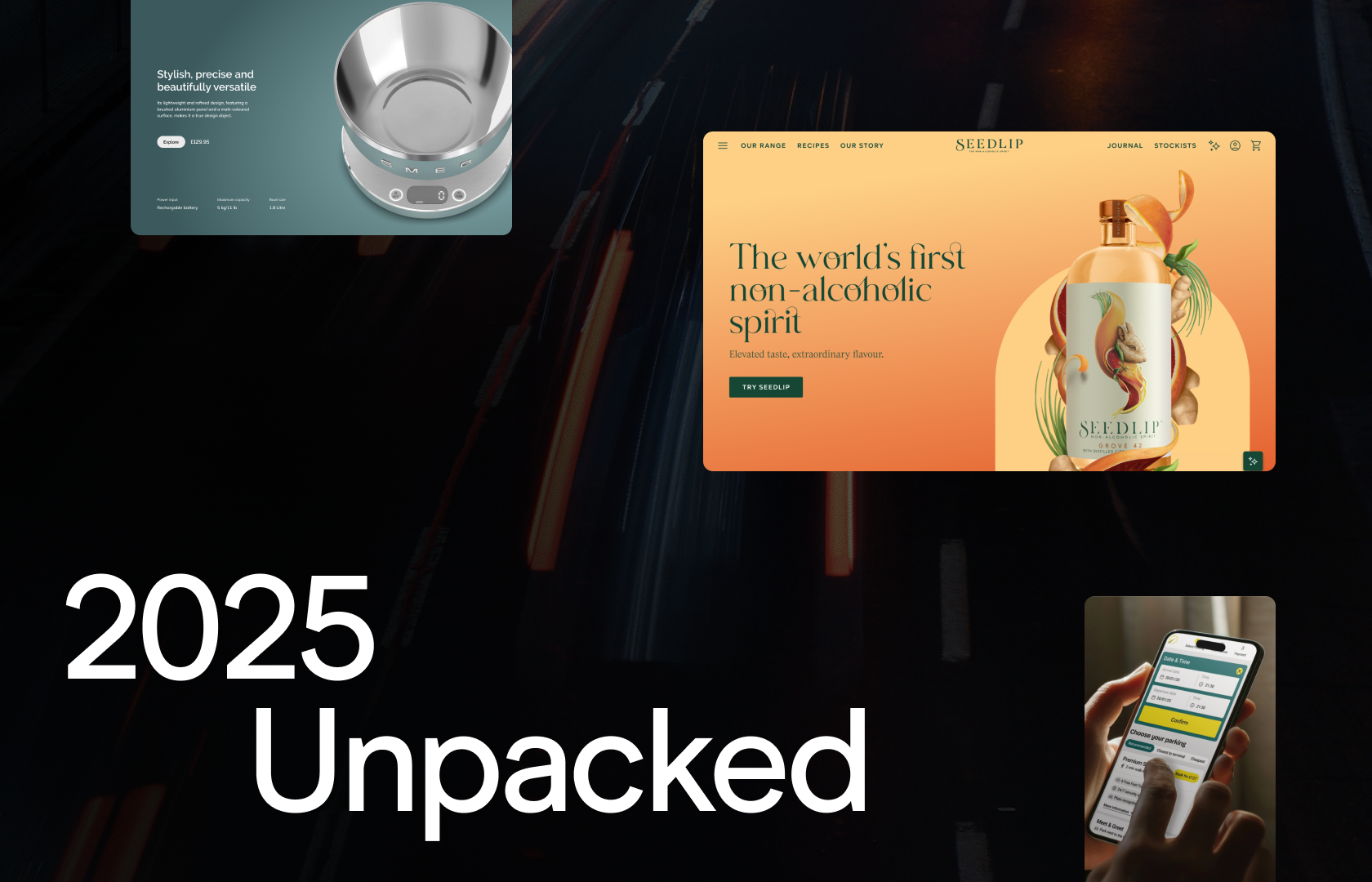Digital transformation is revolutionising many industries, pushing organisations to evolve their digital marketing strategy. Brands are increasingly investing in new software and upgrades, to ensure they’re following technological advancements and consumer needs.
Sitecore has recently released Sitecore Experience Platform 10, which enables more development and deployment options, increasing usability for both marketing and IT teams.
Exciting Sitecore 10 features for Marketers
Editing features:
Sitecore 10 brings a new release of the Sitecore Horizon editing interface. This UI will eventually be the replacement for the existing Experience Editor. It aims to combine the in-page editing features from Experience Editor with direct access to the analytics data and automation behaviours that form the core of Experience Analytics. This release adds new features for editors working with multilingual and multisite solutions.
One of the challenges of adopting Sitecore’s Email Experience Manager up until now has been the lack of out-of-the-box components for creating emails. This release adds a set of extra components which can help build emails faster.
There are also new integration features to connect your editing experience with Sitecore’s Content Hub. It now has better support for working with taxonomy data from assets pulled from the Content Marketing Platform into your CMS. There are some extra GDPR compliance features in this release too. It is now easier to deal with anonymising data that has been collected via the Experience Forms UI.
Analytics improvements:
The analytics and marketing automation side of the platform gains a set of new features too. Users can now trigger marketing automation flows based on birthdays. So triggering a “birthday surprise” loyalty message is now easier through the marketing automation designer. There are also new integration features for connecting analytics data with Salesforce Marketing Cloud. It’s easier to immediately synchronise new data into Salesforce, and you can also use this integration to trigger automations built using Journey Builder. This is if your organisation uses Salesforce to run marketing automation workflows.
It’s easier to filter data in the Experience Analytics reports. The need for some common custom reports has been replaced by a collection of new filters that are out of box. You can now report on individual targeted segments of your users, and you can easily email segments of users using the new Audience Filtering capabilities. These segments can be defined in List Manager and reused in reports, emails and general automation rules.
There’s a lot of new functionality, and a huge pile of quality and performance improvements included too.
Exciting features for Developers with Sitecore 10
There are two key new features that support Sitecore’s goal of offering a fully SaaS product in the future. The first is support for Containers. These are an approach to deploying and running software that’s “boxed up” (hence the name) to make it easy and predictable to deploy. Sitecore are now providing (and supporting) a set of files for running their software in containers, so it is very simple to start up a new instance. Developers can make use of software called Sitecore Docker to run these containers for development purposes. Sitecore are also supporting a more advanced tool named Kubernetes for running production instances of Sitecore, with support for automatic scaling and fault tolerance.
While this will remove the need to use tools like SIF or SIA for developer installs, it is also a key part of the SaaS strategy. The “boxing up” of the software is also a key component for being able to run huge numbers of separate copies of Sitecore easily as part of a SaaS offering. The ability to quickly start and stop instances is critical do doing this efficiently, and hence keeping costs down.
The other issue here is to try and move away from custom website code being deployed on top of Sitecore. This is important for keeping costs low and speed high when managing many instances of Sitecore. To do that, Sitecore 10 includes the first release of “headless development” for .Net coders. Headless based on Javascript has been available in the JSS add-on for some time. However, this release starts to add in the technology to allow back-end developers to use a similar mode.
Headlss CMS for .Net developers is part of the “new developer experience” features in Sitecore 10. It provides the framework code you need to build a website on .Net Core. This can run independently of Sitecore, but still render content fetched from your CMS platform. That can allow for smaller, and more scalable content delivery servers, as well as being a step towards Sitecore’s SaaS goals. Alongside the code framework for this new feature, Sitecore are also providing a new tool for serialising content items which developers own into source control. It’s been considered best practice for developers to save the items they own and deploy them automatically, but the tooling for this has been an add-on for the product up until now. The familiar options are either the paid-for “Team Development for Sitecore” toolset, or the open source “Unicorn” tooling. This release brings these features into the core product, and integrates them into the developer’s workflow, removing the need for add-ons to complete the tasks.Why should your organisation update to Sitecore 10?
Sitecore is constantly evolving in line with technological advancements and changing customer needs. With each update comes a range of new and innovative features that help organisations create digital experiences for their audience. If you’re ready to discuss an update or how to get more from this globally leading, digital experience platform – contact us today.
We’re a long standing Sitecore Platinum Partner, with decades experience helping organisations leverage Sitecore to achieve their digital strategy.

